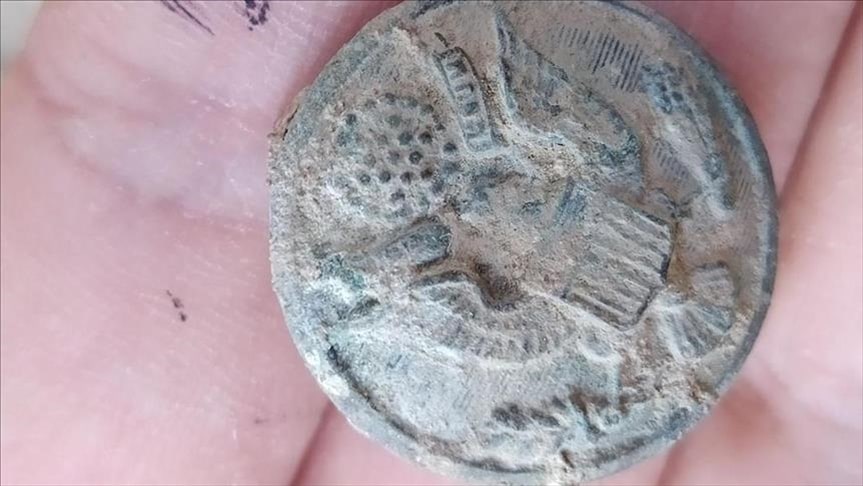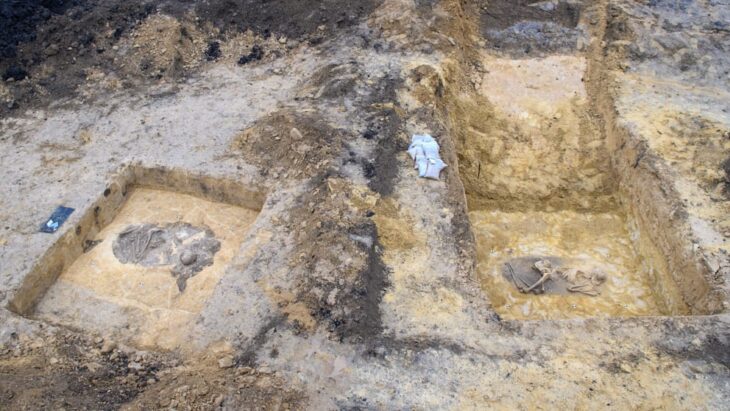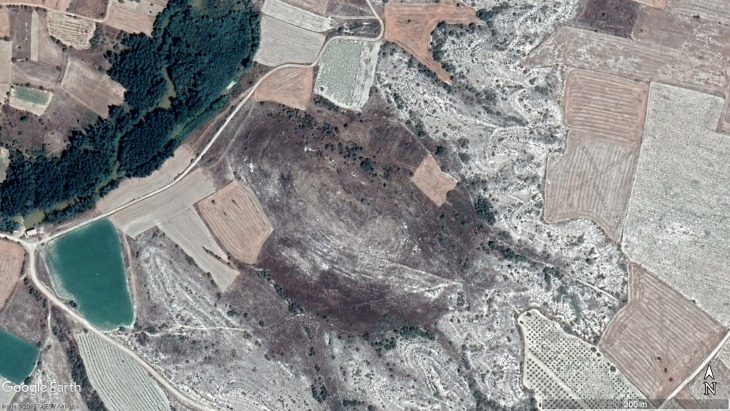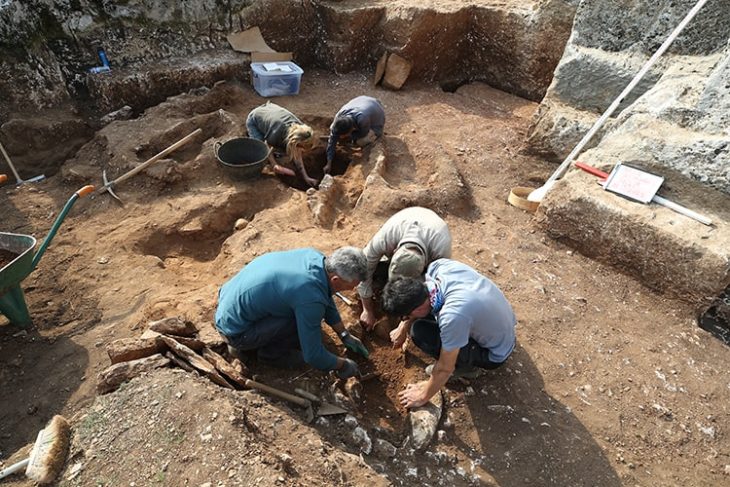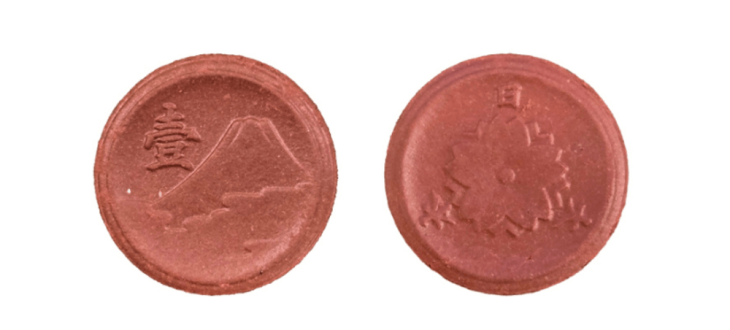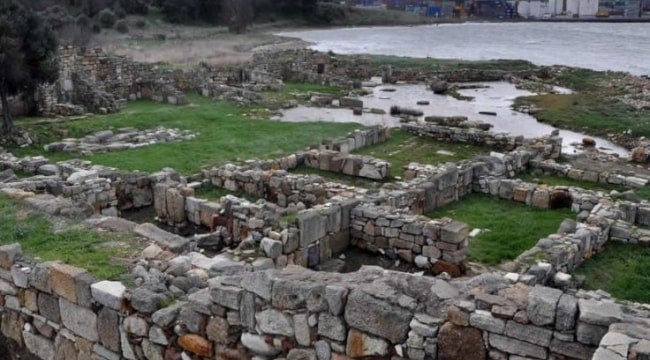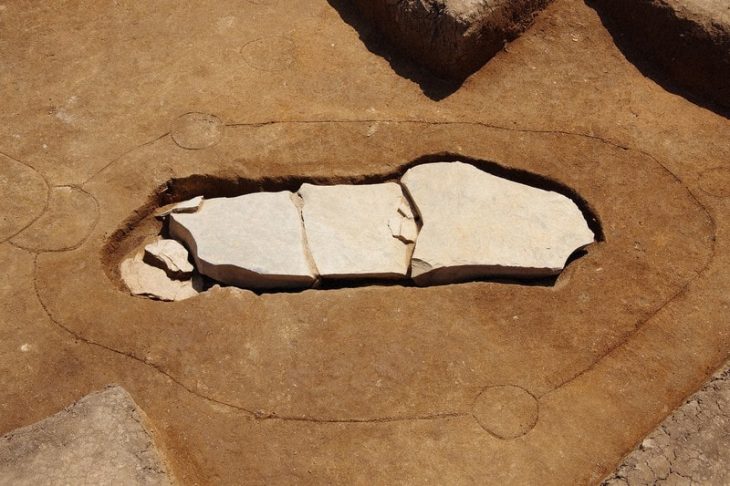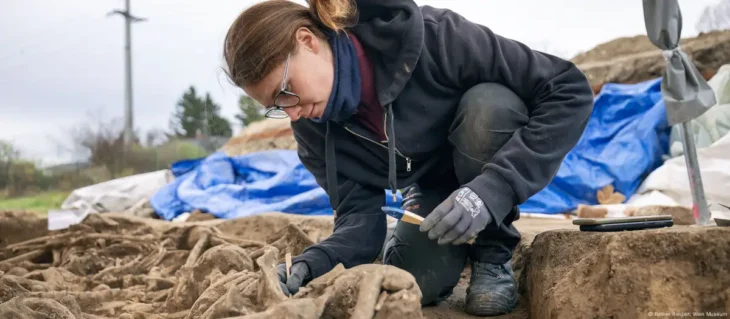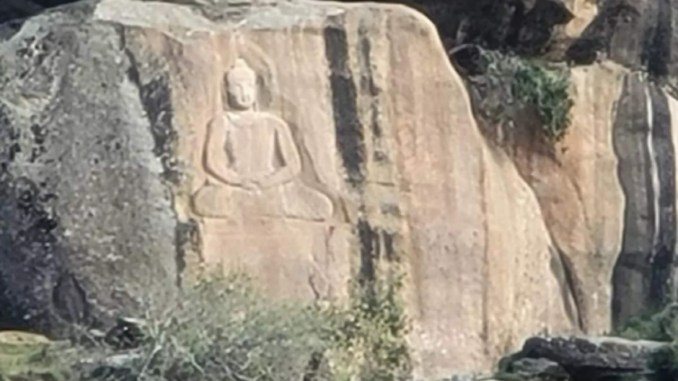Recent investigations have led to the discovery of a badge bearing the pattern of the Great Seal of the United States as archaeologists continue excavations in Zerzevan Castle, a location previously utilized as a military settlement under the Roman Empire in southeastern Turkey’s Diyarbakir province.
Excavations work, initiated in 2014 by the Ministry of Culture and Tourism, Dicle University, the Turkish Historical Society, and some other regional organizations, continue in the 3000-year-old castle.
A Roman Mithras underground temple, tower defense, church, office building, residential houses, grain and arms depots, bunkers, rock tombs, and water channels, as well as many vital artifacts, were revealed in the Zerzevan Castle.
Aytaç Coşkun, a faculty member at Dicle University and the head of the excavation team of the site, told Anadolu Agency (AA) that they found a badge during their recent excavation work.
According to the news in the Daily Sabah, the motif on the surface of the badge, discovered at a depth of 125 centimeters (49.25 inches) on the eastern walls of Zerzevan Castle, was first designed in 1782, Coşkun said.
📣 Our WhatsApp channel is now LIVE! Stay up-to-date with the latest news and updates, just click here to follow us on WhatsApp and never miss a thing!!
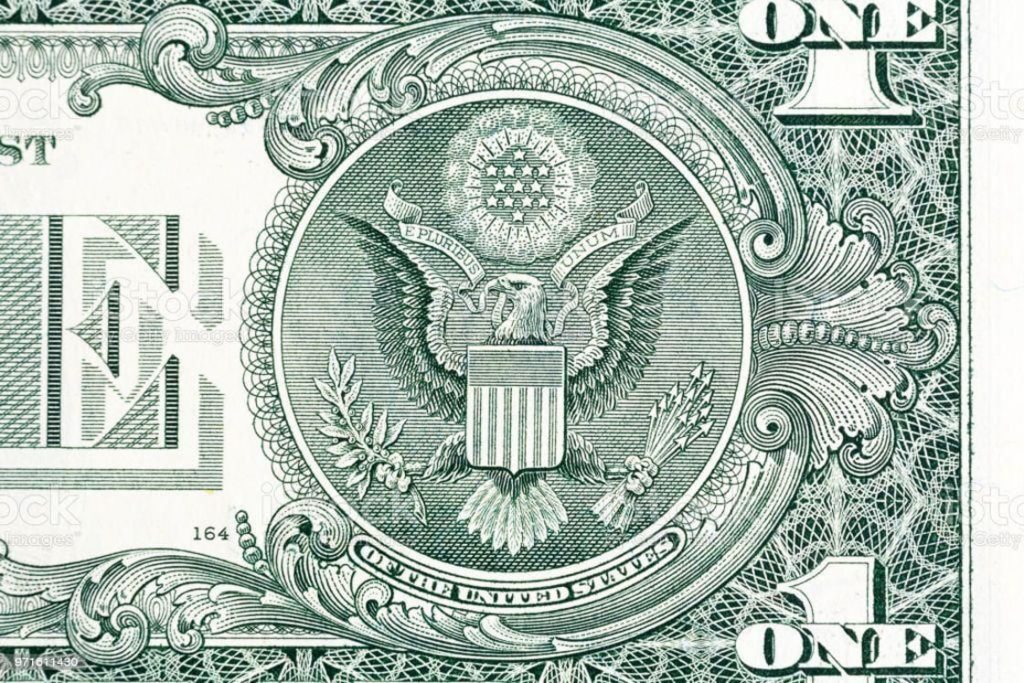
“Early examples of this type of badge or buttons were used in the U.S. in the 1850s. Since 1902, this badge-like coat of arms has also been used by the U.S. Army. Similar examples were also used in World War I and belong to the general service unit,” he stressed.
He added that the Latin inscription “E Pluribus Unum” was placed on the badge. “This is the first official slogan of the U.S. This slogan, which is Latin (the official language of the Roman Empire), means ‘from multiplicity to unity.’ It was used to mean the union of the 13 colonies that make up the U.S,” he explained.
“On the right paw of the eagle depiction on the badge is an olive branch, on the left is a tightly drawn bundle consisting of 13 arrows. It is known that these symbols represent the ‘power of peace and war,’” he noted.
“A scroll inscribed ‘E Pluribus Unum’ is seen on the eagle’s beak. The shield, located on the chest of the eagle and representing the states, indicates the unity of the federal government. A bright constellation of 13 stars was used above the eagle’s head.
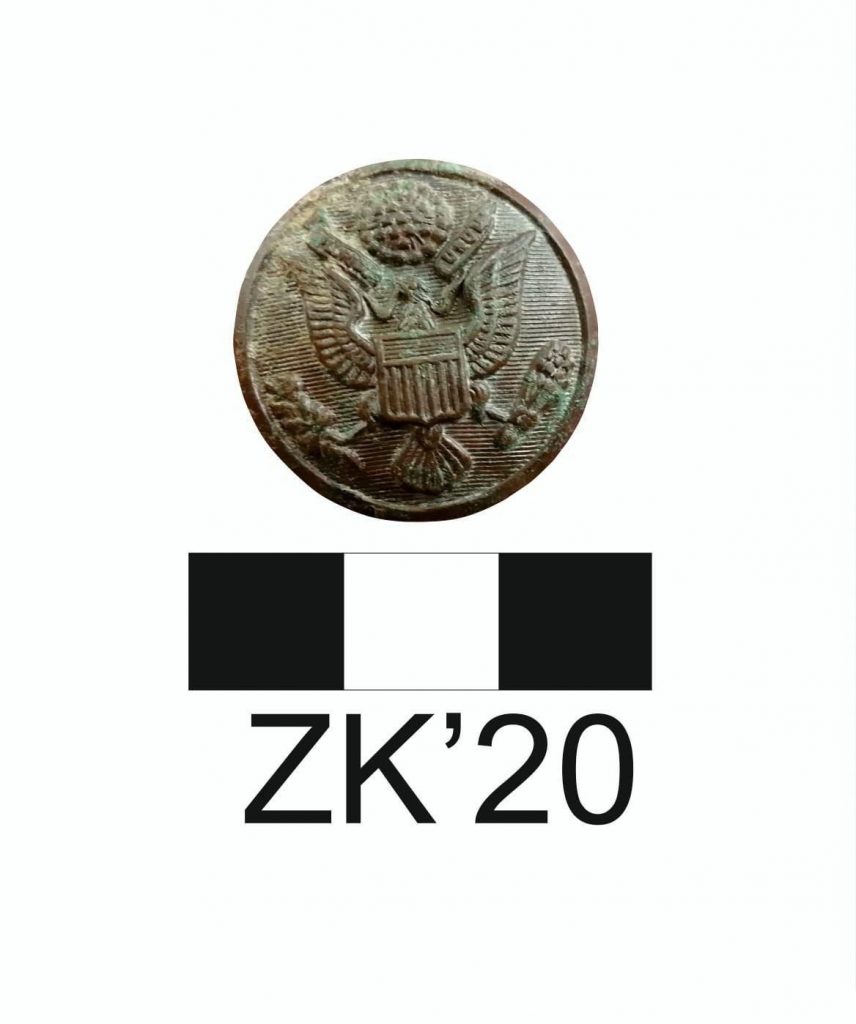
“The unveiling of this badge of copper-zinc alloy at the Zerzevan Fortress is quite interesting and engaging,” said Coşkun, adding that there have been no such findings in an archaeological excavation in Turkey or abroad according to their research.
“Similar examples have only been found in the U.S. and the U.K. Detailed analyses … were performed on the badge. It turned out that post-15th-century technology was used. Also, the analysis showed that the badge remained under the ground for about 250-300 years, since the 18th century,” he noted.
“Early examples of this type of badge or buttons were used in the U.S. in the 1850s. Since 1902, this badge-like coat of arms has also been used by the U.S. Army,” he said, highlighting how surprising it is to find such an item that probably belongs to the period of the U.S. foundation.
Zerzevan Castle sits on a 124-meter (406.82-foot) rocky hill at a strategic point between the ancient cities of Amida and Dara. Due to its location, the castle dominates the entire valley and controls a large area on the ancient trade route.

